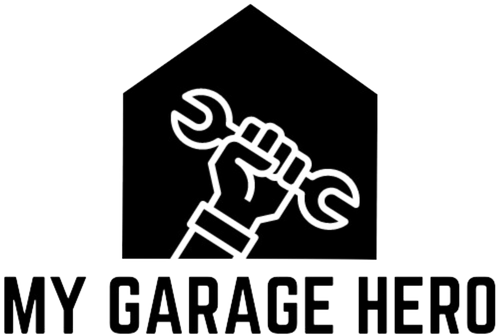You turn the key, or press the start button—and nothing. No crank. Just silence. If you’re driving a manual car, you might consider rolling it down a hill and bump-starting it. But with an automatic? That’s not an option.
Don’t worry. You’re not out of luck. You can absolutely jump-start an automatic car—you just need the right method. In this guide, we’ll show you two safe, proven ways to do it: with a portable jump starter or with jumper cables and another vehicle.
Still driving a manual or want all the options? See 5 Proven Ways to Start a Car When the Battery Is Dead.
Why You Can’t Push-Start an Automatic
Push starting only works in manual transmission vehicles because it relies on a mechanical link between the wheels and the engine. Automatics use a torque converter, which means there's no direct connection. No matter how fast you push it, the engine won’t turn.
Trying to push-start an automatic is like trying to pedal a bicycle that’s not connected to its chain. You can move the wheels, but nothing else happens.
Method 1: Use a Portable Jump Starter (Best Option)
If you have a portable battery jump pack, this is the safest and easiest way to get back on the road.
Step-by-step:
-
Make sure the booster pack is fully charged.
-
Open the hood and locate the battery (or designated jump-start terminals).
-
Attach the red clamp to the battery’s positive terminal (+).
-
Attach the black clamp to a solid, unpainted metal part of the engine or chassis (not the battery’s negative terminal).
-
Turn on the jump starter.
-
Start the car. If successful, let it run for at least 15–20 minutes to recharge the battery.
Why it works: Jump packs deliver a surge of current straight to your starter motor. Most modern ones include safety features like reverse polarity protection, short-circuit shutoff, and overcharge guards.
Boost N’ Inflate – 4-in-1 Jump Starter, Inflator, Power Bank, SOS Light
Method 2: Use Jumper Cables and Another Vehicle
If you don’t have a jump starter but someone nearby does have a working car, jumper cables will do the trick.
Step-by-step:
-
Position both vehicles so the batteries are within reach but not touching.
-
Turn off both engines.
-
Attach one red clamp to the dead battery’s positive terminal (+).
-
Attach the other red clamp to the working car’s positive terminal.
-
Attach one black clamp to the working car’s negative terminal.
-
Attach the other black clamp to a metal ground on the dead car (a clean bolt or bracket on the chassis).
-
Start the working car and let it run for 2–5 minutes.
-
Try starting the dead car.
-
Once running, disconnect the cables in the reverse order.
Important: Never let the clamps touch each other during or after connection. Always remove the ground clamp (black on dead car) first when disconnecting.
Want to use a battery charger instead of jumper cables? Here’s How to Jump Start Your Car with a Battery Charger.
After You’ve Jump-Started the Car
Let the engine run for at least 15–20 minutes. If you can, take it for a drive. The alternator charges more efficiently when the engine is under moderate load.
If the car won’t restart later, your battery may no longer hold a charge. In that case, it’s time for a replacement.
Or you may be dealing with a Faulty Starter Motor.
What If Jump-Starting Doesn’t Work?
-
The battery might be too far gone (sulphated or damaged)
-
Your starter motor or ignition relay may have failed
-
There could be a blown fuse or wiring issue
If neither method works, you’ll need to get the car inspected by a mechanic or call roadside assistance.
Final Thoughts
You can’t push-start an automatic car, but you can absolutely jump-start one—and it takes less than five minutes if you have the right tools.
A portable jump starter is your best bet for speed, safety, and independence. Keeping one in your glovebox could turn a stressful situation into a two-minute inconvenience.
When your car won’t start, don’t panic. Just pop the hood, clamp up correctly, and give it the power it needs to get going again.
Not sure which charger suits your lifestyle? Check out the Top Car Battery Chargers Reviewed.



